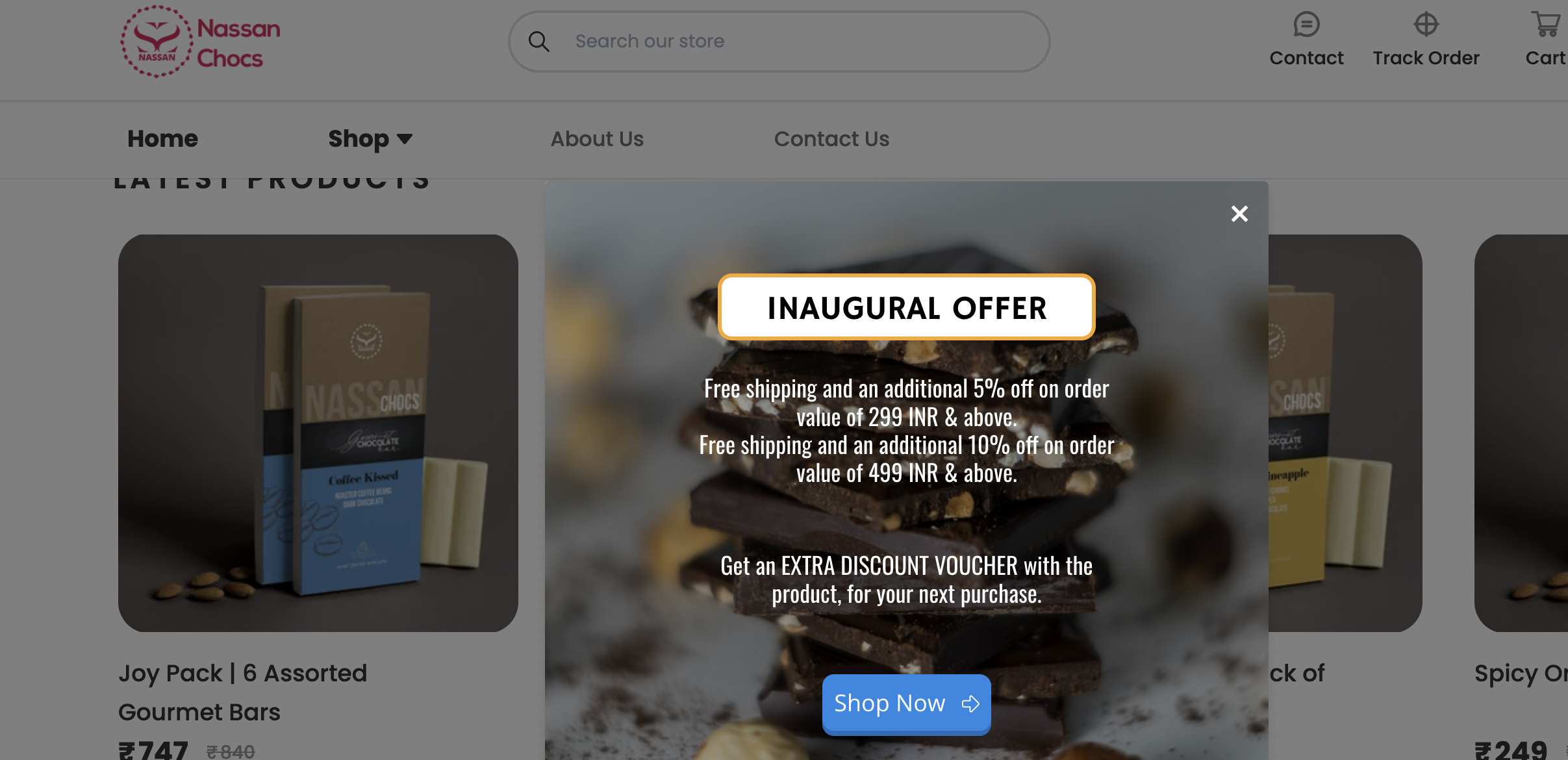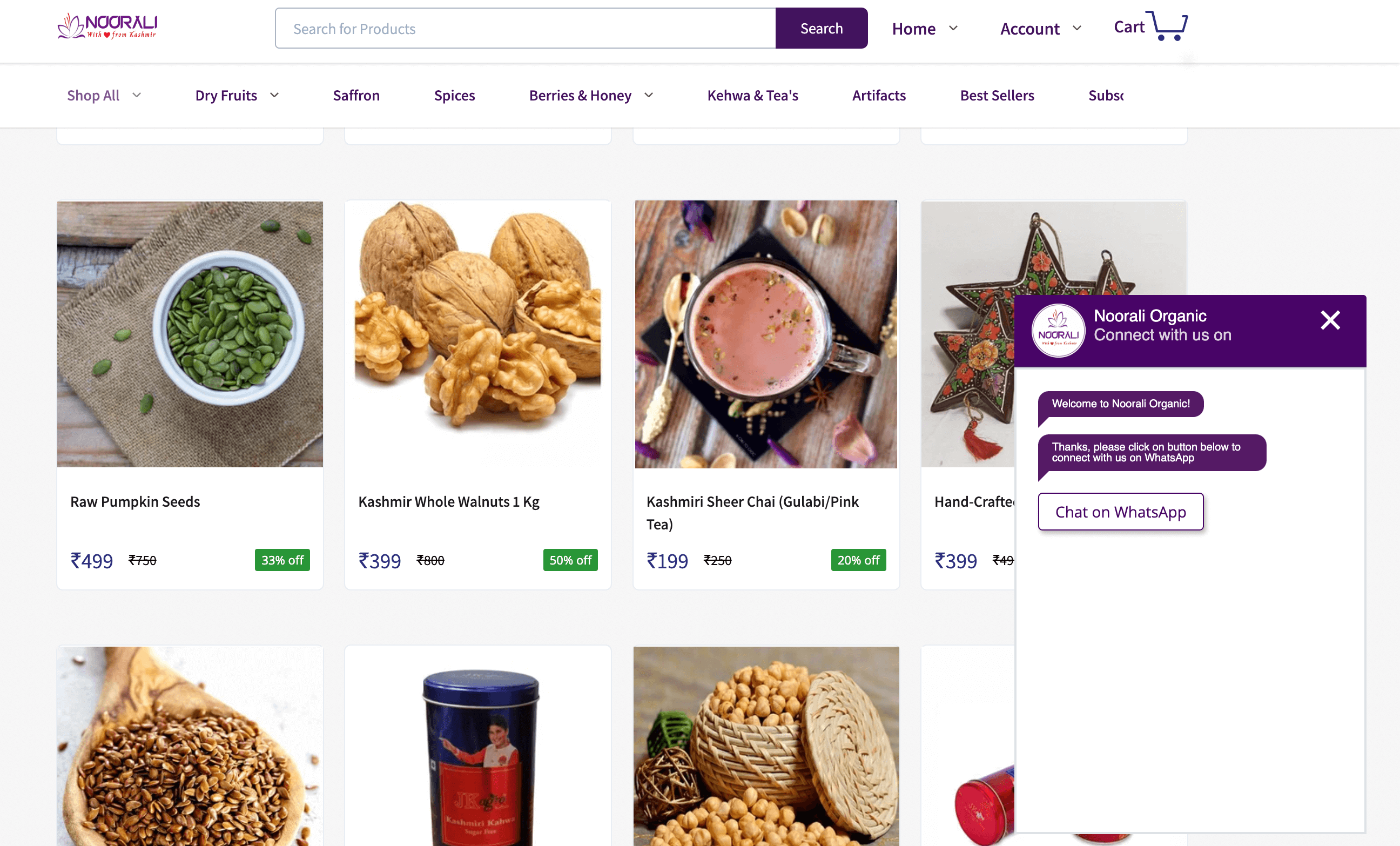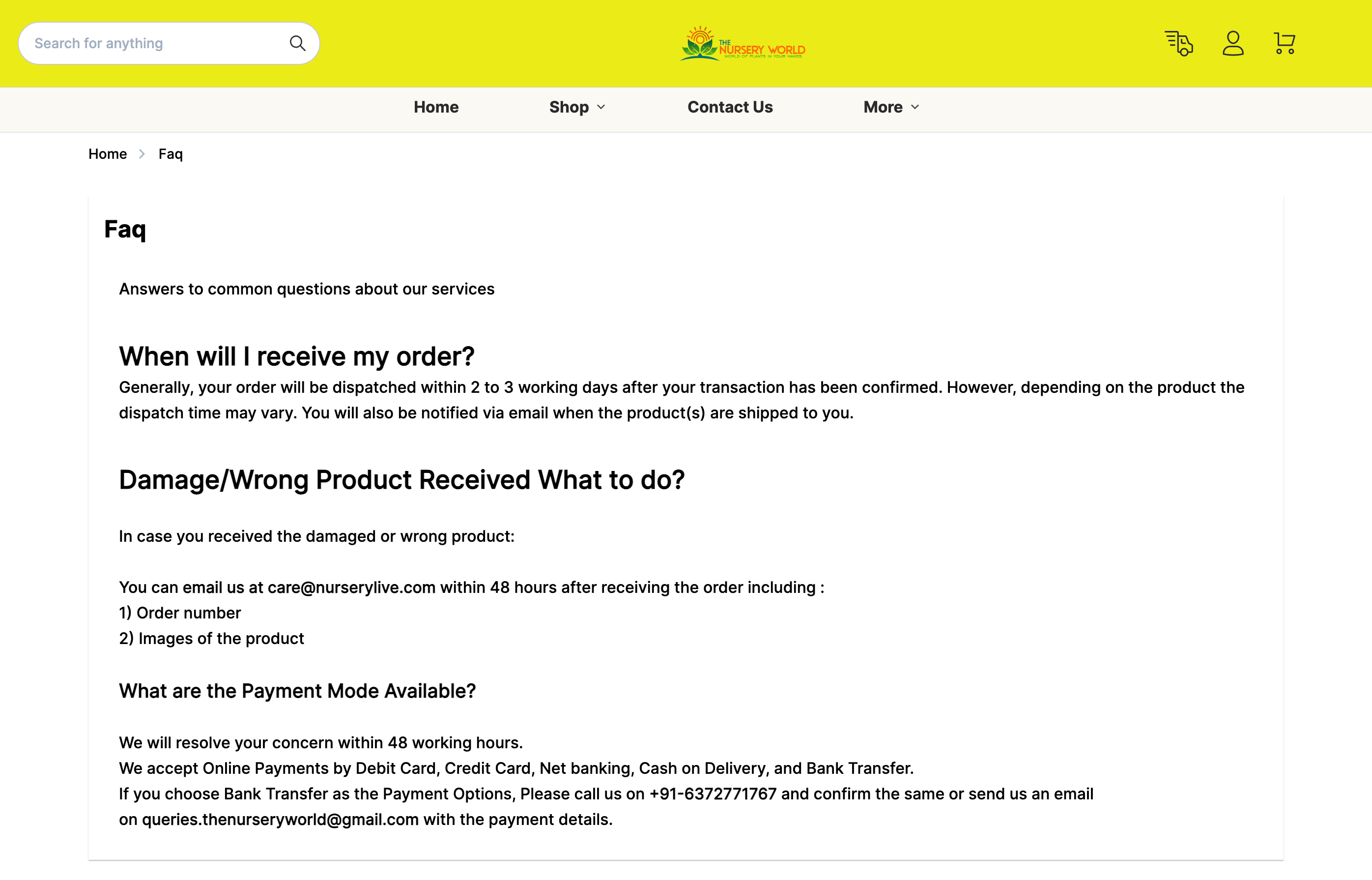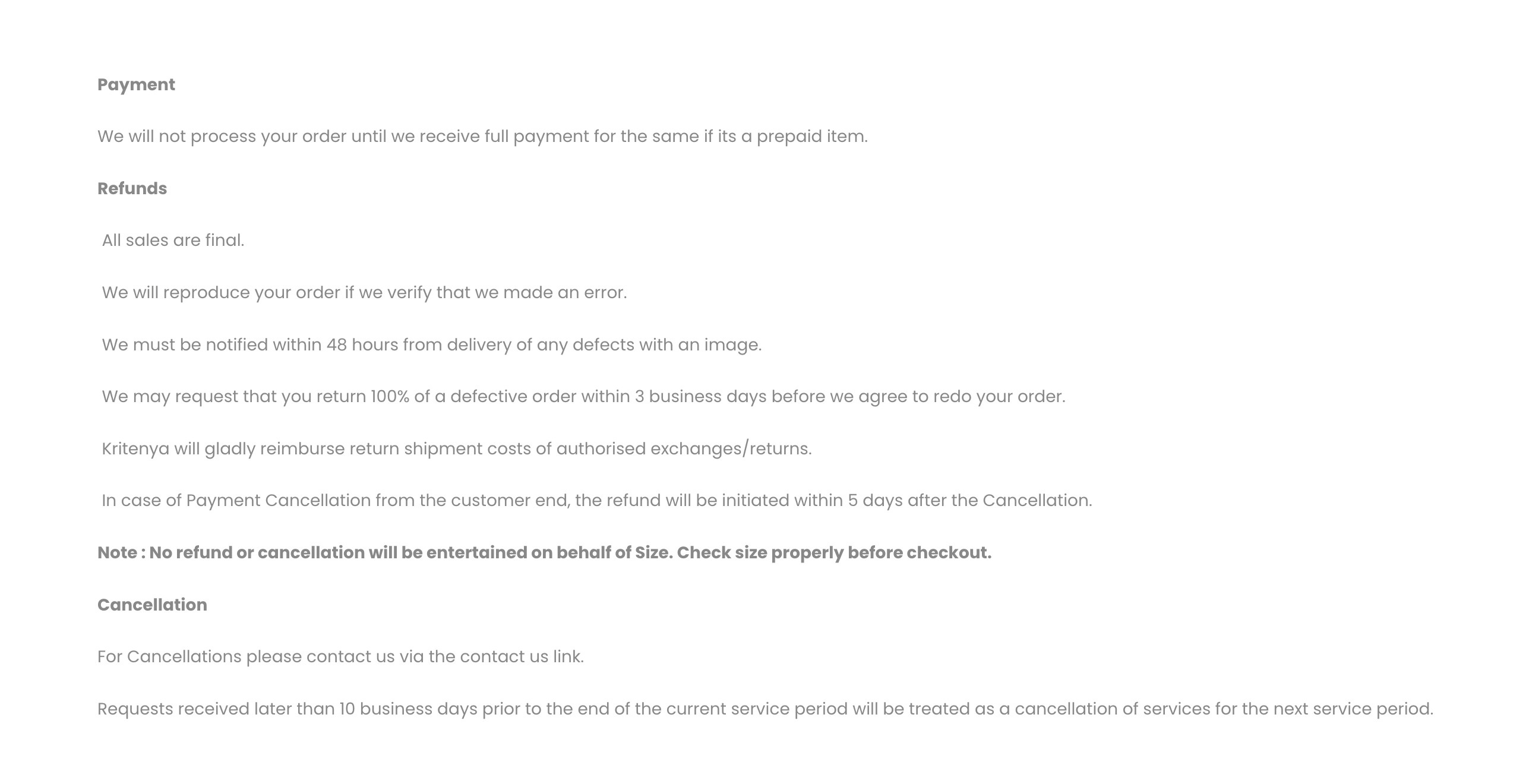Trillions of dollars are lost globally because of one reason – abandoned carts! Whether it’s online or in real shops, the value of products or services in abandoned carts is the revenue that you could have earned but didn’t.
If it was in a mall, the salesperson would try and convince a customer to end up buying the product. But this can be difficult to do online.
So – what can eCommerce businesses do? Here is a comprehensive guide on abandoned carts, their top reasons and how you can tackle them!
Contents
- 1 What is cart abandonment?
- 2 Leading reasons for shopping cart abandonment
- 3 How to turn this disadvantage into an opportunity
- 4 Figuring out your shopping cart abandonment rate
- 5 8 Proven strategies for abandoned carts recovery
- 6 Recover abandoned carts with Instamojo
- 7 Experience Instamojo
- 8 Cart Abandonment FAQs
What is cart abandonment?
Cart abandonment, simply put, is when customers add items to their online shopping cart but leave the website without making a purchase.
It’s a common challenge for eCommerce businesses since it means potential sales are slipping away.
HotJar has a fantastic list of more interesting statistics and trivia on the implications of cart abandonment here.
Our hot picks?
- Studies have shown how only three out of ten customers who fill their shopping carts actually make it to checkout to complete their purchase.
- This can result in losses in revenue of up to $4 Trillion every year.
- The highest average cart abandonment happens in sectors like home furnishing (90.50%), automotive (85.97%), and jewellery (84.49%)
- 73% of customers abandon their carts on desktop, 80.74% on tablets, 85.65% on mobile phones (A.K.A more impulse browsing on phones, and more serious buyers on desktops!)
Leading reasons for shopping cart abandonment
Why do you decide to not buy the things you put in your cart? While some are obvious, here are the top reasons why customers ditch their shopping plans, according to research:
1. High shipping costs or unexpected fees
Customers often abandon their carts when they encounter high shipping costs, taxes, or other additional fees that were not clearly communicated upfront.
2. A complicated or lengthy checkout process
A complex or time-consuming checkout process can frustrate customers and lead them to abandon their carts. This may include multiple steps, mandatory account creation, or slow-loading pages.
Related read: How to add a payment gateway to your website: The easiest way
3. Lack of trust or security concerns
Customers may abandon their carts if they feel that the website is not secure or if they have doubts about the credibility of the business. This can be due to a lack of security badges, trust seals, or customer reviews.
4. Limited payment options
If customers cannot find their preferred payment method, they might abandon their carts in search of a more convenient option elsewhere.
5. Inadequate return policy or customer support
A vague or unfavourable return policy, as well as poor customer support, can deter customers from completing their purchases.
6. Price comparison or indecision
Some customers add items to their cart but then decide to compare prices on other websites or postpone their decision. These customers may eventually forget about their cart or choose to purchase from a different retailer.
Related read: How to convince customers to buy your product: 10 foolproof ways
7. Technical issues
Website glitches, errors during the checkout process, or compatibility issues with certain devices or browsers can lead to cart abandonment.
8. Lack of clear product information
Insufficient or unclear product details, such as product specifications, sizing, or availability, can cause customers to abandon their carts and seek more information elsewhere.
Related read: How to write product descriptions that sell: tips + real examples
9. Distractions or interruptions
Customers may get distracted or interrupted while shopping online, causing them to leave their carts incomplete. They might forget to return to the website or lose interest in the purchase.
We tackle all these issues in the upcoming sections.
How to turn this disadvantage into an opportunity
There is good news! About 60% of the lost money is recoverable.
While cart abandonment is a huge problem in the eCommerce industry, it is also a great opportunity to tap into customer insights and improve your product/service.
A good cart abandonment strategy can help you convert your potential customers into loyal, returning users. First of all, let’s look at how you can find out your cart abandonment rate.
Figuring out your shopping cart abandonment rate
The average cart abandonment rate is 69.99%, an average from 48 cart abandonment studies.
If you already have an online store and have a shopping cart enabled, you can easily find your cart abandonment rate with this formula:
Cart Abandonment Rate = No. of orders placed / No. of shopping carts enabled
If that gets too hard for you, you can always try using the Free Google Analytics tool to automate cart abandonment data reports.
Once your cart abandonment funnel is ready, segregate the data into two groups for a/b testing. A/B testing is a method of experimenting with two or more strategies of recoveries to test its effectiveness.
So, what are some strategies that you can try?
8 Proven strategies for abandoned carts recovery
Here are a few strategies to lure back customers that abandoned their purchase on your online store. You’ll also find some tips to help you prevent cart abandonment.
1. Abandoned Cart Emails
Send a series of personalized emails to customers who have abandoned their carts. These emails should include a reminder of the items left behind, attractive product images, a clear call-to-action, and possibly an incentive like a discount or free shipping to entice them to complete the purchase.
Want some ideas to inspire you? We have a bunch of awesome email templates and examples from global brands to help you out. Read about it here.
2. Retargeting Ads
Use retargeting ads on platforms like Facebook or Google to show personalized ads to users who have abandoned their carts.
These ads can display the exact products they left behind, along with compelling messaging and offers, to re-engage their interest and encourage them to return to your website.
Related read: Retargeting: What is it and why does your business need it?
3. In-store pop-ups
You can always hard-code pop-ups that remind the customer what they did on your online store the last time they visited you. A pop-up that leads the customer to the cart can help you score a sale.
If you want to ensure you convert the customer – try out pop-ups that offer discount codes on their first purchase like the one below:

4. Use a chatbot or WhatsApp widget
A chatbot is a feature on online stores that help communicate with potential customers. A major reason why customers do not complete a purchase is because of having unresolved queries.
So, make it easy for them by giving them a way to ask you questions.

The above image is a screenshot of an online store with a WhatsApp widget. Customers can contact the business on WhatsApp directly from their eCommerce website.
Responsive customer service: Offer prompt, helpful, and friendly customer support through multiple channels, such as email, phone, live chat, or social media. Excellent customer service demonstrates that you care about your customers and their satisfaction.
Related Read: Customer service tips for small business owners
Another way to resolve queries for your customers quickly and easily is by having an FAQs page.

5. SMS Marketing
You can employ a bulk SMS marketing tool to send reminders to customers that abandoned the cart. Give a discount coupon to encourage them to shop with you.
If you have an app, you can send push notifications to your customers reminding them to complete their purchases.
6. Have a clear shipping and return policy
Customers don’t like being taken by surprise when they see the shipping charges in the subtotal if this hasn’t been mentioned anywhere on the product page.
It’s best to clearly state your shipping charges before they click to purchase.

Also, online shoppers are concerned about return policies. Clearly state this on each product page to avoid friction, thus reducing the risk of an abandoned cart.
7. Trust elements
Display security badges and trust seals: Showcasing security badges from reputable providers (e.g., SSL certificates, McAfee Secure, Norton Secured) assures customers that their personal and financial information is safe on your website.
Make sure you build trust with trust elements on your online store.

Honest product reviews and testimonials are important in making buying decisions. You can also add security stamps and other licenses, if applicable. For example, if you’re a food business, you can add your FSSAI certification.
8. Simplify the check-out process
Optimize the checkout process by simplifying and streamlining it, allowing guest checkout options, and offering multiple payment methods. This will make it easier for customers to complete their purchases and reduce the likelihood of cart abandonment.
Recover abandoned carts with Instamojo
If you have an online store on Instamojo, here are a few in-built features that can help you recover those previous products or services left behind in these abandoned carts.
- Send out email campaigns with our Mail Chimp integration
- Use custom scripts to create effective pop-ups
- Utilise our customer workflows to automate cart abandonment email reminders and/or important updates.
Check out how workflows are an Instamojo user’s superpower!

